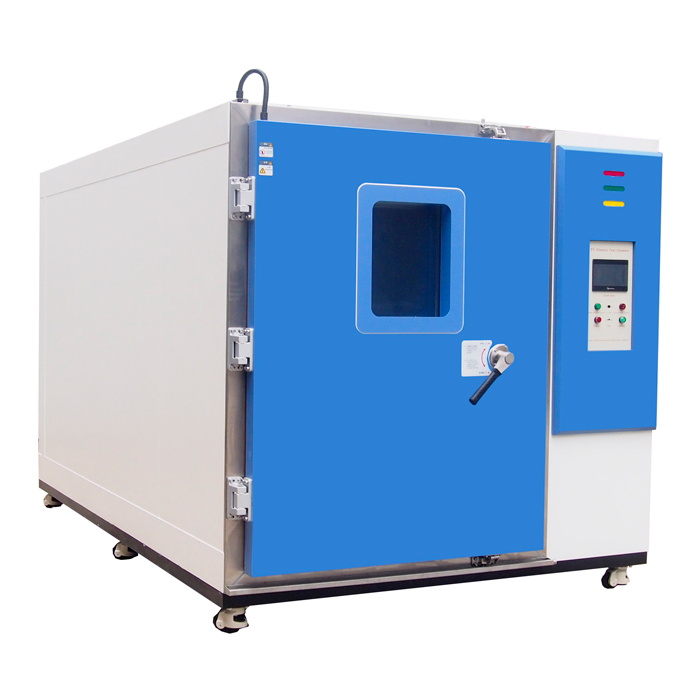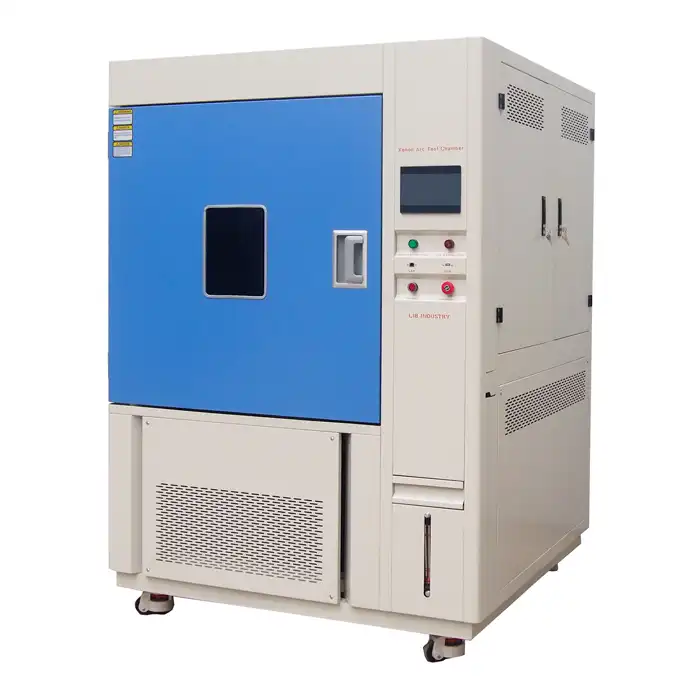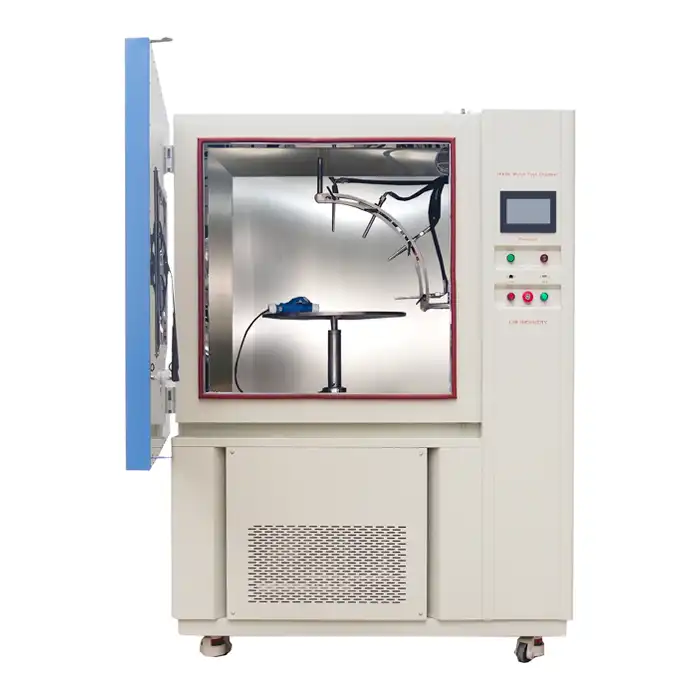How does a humidity cabinet work?
How Does a Humidity Cabinet Work?
Tenacity humidity test cabinet, furthermore suggested as sogginess chambers or normal chambers, are urgent devices in adventures like investigation, gathering, and quality confirmation. These chambers replicate and guide clamminess levels to assess how things and materials answer sogginess under controlled conditions.
At their middle, wetness test pantries lay out conditions where dampness levels can be unequivocally different and stayed aware of. This grants producers to copy different tenacity circumstances that things could insight during their lifecycle. By presenting guides to these controlled sogginess levels, planners can evaluate factors like material corruption, utilization check, electrical conductivity, and all around solidness.
The handiness of tenacity test pantries incorporates a couple of basic parts and components. These chambers conventionally integrate a chamber body worked from materials that go against disintegration and are feasible with moisture control instruments. Inside, racks or racks give space to setting test models, ensuring uniform receptiveness to the controlled moisture environment.
Tenacity control structures inside these pantries utilize pattern setting advancement to oversee sogginess levels definitively. This every now and again incorporates the use of humidifiers and dehumidifiers, close by sensors and controllers that screen and change tenacity limits. Precise tenacity control is earnest to achieving strong trial results, ensuring that conditions stay stable all through the testing period.
Uses of moisture test cabinets length an enormous number of endeavors. In equipment creating, these chambers test the steadfastness of circuit sheets and electronic parts under high moisture conditions, duplicating likely receptiveness to clamminess that could provoke shortcircuits or disintegration. In drugs, sogginess testing ensures the sufficiency of meds and remedies set aside in moist circumstances, helping with staying aware of practicality and security.
Additionally, auto and flying endeavors use tenacity chambers to survey the adaptability of materials to moistness, thwarting issues like rust in vehicle parts or corruption of aeronautics parts as a result of dampness receptiveness.
With everything taken into account, tenacity test pantries expect an essential part in reviewing how things and materials persevere through clamminess, adding to the improvement of strong and solid things across undertakings. By giving controlled moisture conditions, these chambers enable creators to perceive weaknesses at every turn in the arrangement and creation process, ensuring things fulfill unbending quality rules and client suspicions.
Understanding Humidity Test Cabinets
Humidity test cabinets are designed to create controlled environments where humidity levels can be adjusted and maintained precisely. They consist of an insulated chamber with provisions for introducing humidity through steam, water, or other means. The key components include:
Chamber: The main compartment where the test specimens are placed. It's insulated to prevent external influences and maintain consistent conditions inside.
Humidification System: Responsible for introducing moisture into the chamber. This system regulates humidity levels based on the set parameters, ensuring accuracy and reliability in testing.
Dehumidification System: Often included to remove excess moisture from the chamber, maintaining the desired humidity levels and preventing condensation.
Temperature Control: Many humidity chambers also feature temperature control mechanisms to simulate real-world conditions more accurately.
Working Principle
Humidity test cabinets operate on the principle of creating a controlled environment where humidity levels can be adjusted independently of temperature. The process typically involves:
Humidification: Water vapor is introduced into the chamber through various methods such as steam generation, ultrasonic humidifiers, or water baths. This increases the humidity to the desired level.
Monitoring and Control: Sensors inside the chamber continuously monitor humidity levels. The data is fed back to the control system, which adjusts the humidification and dehumidification processes as needed to maintain consistency.
Testing: Test specimens, which can range from electronic components to pharmaceutical products, are placed inside the chamber. They are subjected to specific humidity conditions over a defined period.
Observation and Analysis: Throughout the testing period, technicians observe how the specimens react to humidity. This could involve assessing changes in material properties, functionality, or durability.
Applications of Humidity Test Cabinets
Humidity chambers find extensive use across various industries:
Electronics: Testing electronic components for reliability in humid conditions, crucial for assessing long-term performance.
Pharmaceuticals: Ensuring the stability and shelf life of drugs and vaccines, which can degrade under high humidity.
Automotive: Testing materials used in vehicles to withstand humid environments, preventing corrosion and ensuring safety.
Packaging: Evaluating how packaging materials respond to humidity, ensuring products remain intact and safe during transit and storage.
Benefits of Using Humidity Test Cabinets
The advantages of employing humidity test cabinets include:
Accuracy: Precise control over humidity levels ensures reliable and repeatable test results.
Quality Assurance: Identifying potential product weaknesses early in the development or manufacturing process.
Compliance: Meeting regulatory standards and industry requirements for product reliability and safety.
Conclusion
All in all, moistness test cupboards are key devices that guarantee the quality and dependability of items across a range of ventures. These chambers enable researchers and manufacturers to proactively identify and address potential issues prior to the release of products by accurately replicating real-world humidity conditions. Product performance, safety, and durability all benefit from this proactive approach.
Understanding the functional standards of moistness test cupboards features their basic job in quality affirmation. Using cutting-edge systems like humidifiers, dehumidifiers, sensors, and controllers, these chambers precisely control the humidity. For meaningful and reproducible results, this ensures consistent and reliable testing conditions.
Enterprises like hardware, drugs, auto, and aviation depend on mugginess test cupboards to assess how materials and items endure dampness openness. For instance, in the field of electronics, these chambers help to prevent failures caused by corrosion or electrical malfunctions by evaluating the long-term reliability of electronic components and circuit boards in humid conditions. In drugs, stickiness testing guarantees that meds stay steady and viable in damp conditions, shielding patient wellbeing.
For businesses that are serious about improving product development processes and upholding stringent quality control standards, making an investment in high-quality humidity test cabinets is a strategic choice. Businesses can use these chambers to improve designs, gain useful insights into product performance, and ultimately bring safer and more dependable products to market.
Please feel free to contact us at info@libtestchamber.com for additional information regarding humidity test cabinets and the applications they have that are tailored to the requirements of your industry. We're here to help you achieve your quality assurance objectives with our expertise and solutions.
Remember, the key to effective use of humidity test cabinets lies in understanding their capabilities and integrating them into your testing protocols effectively.



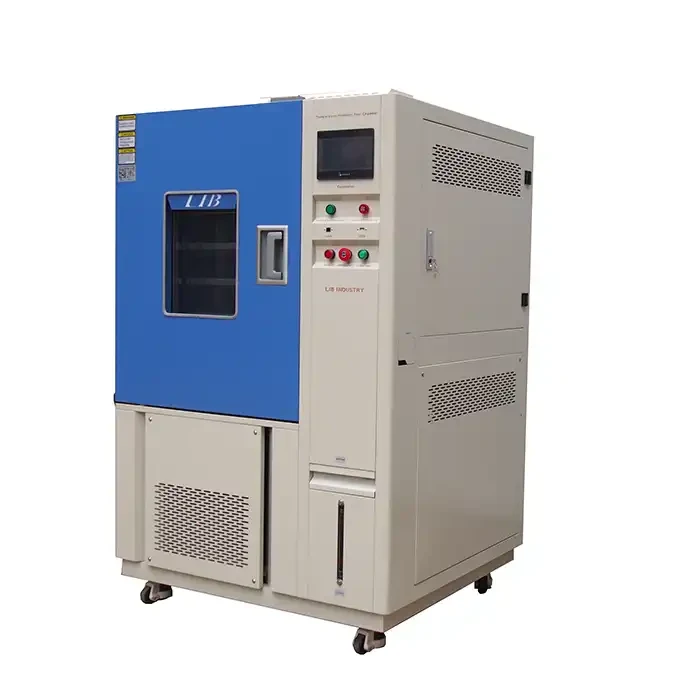
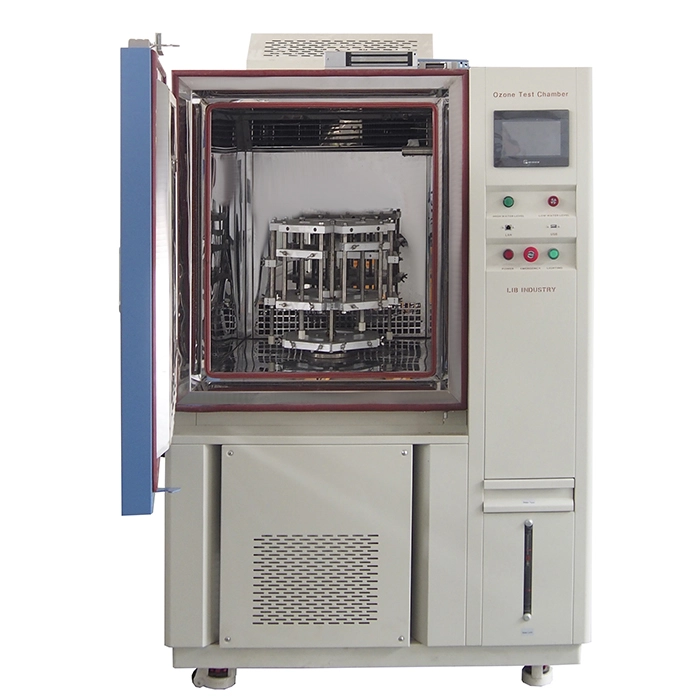
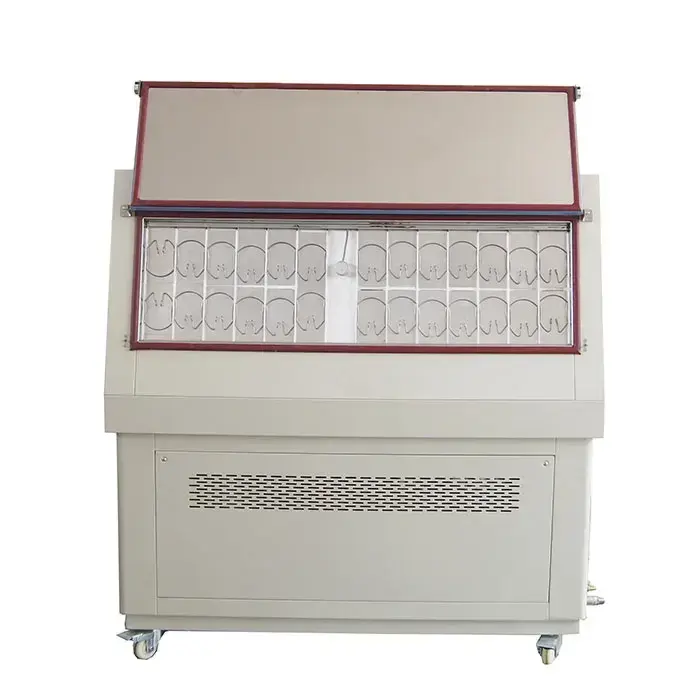
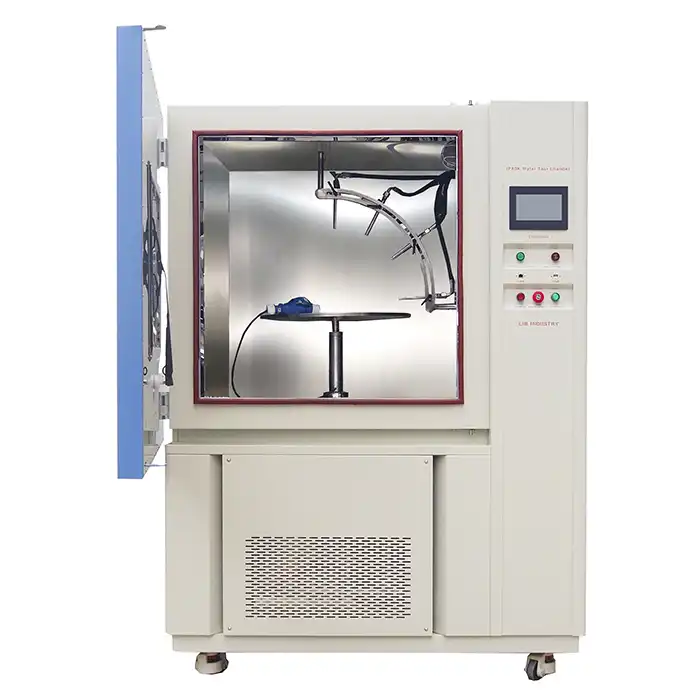
.webp)
